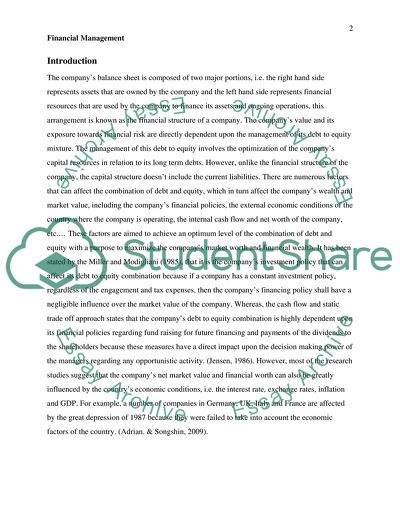Cite this document
(Financial Management Essay Example | Topics and Well Written Essays - 2000 words - 8, n.d.)
Financial Management Essay Example | Topics and Well Written Essays - 2000 words - 8. https://studentshare.org/finance-accounting/1833818-financial-management
Financial Management Essay Example | Topics and Well Written Essays - 2000 words - 8. https://studentshare.org/finance-accounting/1833818-financial-management
(Financial Management Essay Example | Topics and Well Written Essays - 2000 Words - 8)
Financial Management Essay Example | Topics and Well Written Essays - 2000 Words - 8. https://studentshare.org/finance-accounting/1833818-financial-management.
Financial Management Essay Example | Topics and Well Written Essays - 2000 Words - 8. https://studentshare.org/finance-accounting/1833818-financial-management.
“Financial Management Essay Example | Topics and Well Written Essays - 2000 Words - 8”. https://studentshare.org/finance-accounting/1833818-financial-management.


